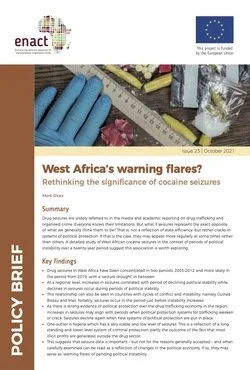UNITED STATES. OFFICE OF NATIONAL DRUG CONTROL POLICY
From the document: "America is facing the deadliest drug threat in our history. Over the last 25 years, drug overdose deaths in the United States from synthetic opioids, including fentanyl, have risen to more than 100 times their 1999 levels. The rate of fatal overdoses from other drugs, including cocaine and methamphetamine, has also surged. The overdose crisis calls for bold action. The Office of National Drug Control Policy (ONDCP) has outlined vital steps for attacking two drivers of this crisis. [...] ONDCP's 2024 '[National Drug Control] Strategy' looks to the future this Nation needs. That future is one with greater access to prevention, treatment, harm reduction and recovery support services; with a focus on equity and equal justice; with support for incarcerated individuals, as well as post-incarceration reentry assistance; with a SUD [substance use disorder] and health care workforce that meets our Nation's needs; with a payment system that sufficiently funds care; and with a concerted transnational effort to hold drug traffickers, their enablers, and facilitators accountable. [...] The 2024 'Strategy' is aimed at addressing the overdose crisis from multiple angles. This includes preventing youth substance use, expanding access to life-saving medications like naloxone, expanding access to evidence-based treatment, building a recovery-ready Nation, and ramping up efforts to disrupt and dismantle drug trafficking."
UNITED STATES. WHITE HOUSE OFFICE; UNITED STATES. EXECUTIVE OFFICE OF THE PRESIDENT; . MAY, 2024. 124p.





















